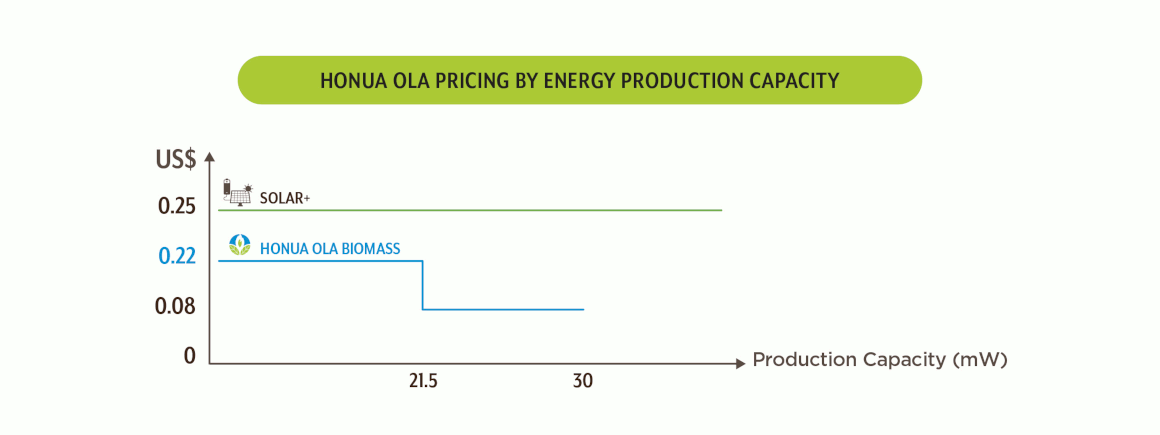
Are Solar Batteries Clean and Green?
The world’s leading scientists agree that the link between climate change and fossil fuel consumption is undeniable. Unfortunately, fossil fuel usage is engrained in our culture as many everyday activities are leading to an increase in undesirable environmental issues. This has naturally resulted in the search for viable renewable energy replacements, with solar energy gaining prominence. However, despite the rise in solar energy production, there are still misconceptions regarding how “green” solar energy is, specifically as it relates to the battery storage component.
Photovoltaic (solar) panels require batteries to be installed for energy storage, providing a backup energy source when there is no sunlight. The batteries utilized are usually lithium or lead-based, as they have high capacity and the ability to be recharged. The issue with these batteries is that they pose a massive environmental and public health hazard. When lots of batteries are required for photovoltaic manufacturing and solar plant operations, these hazards increase.
This is why solar + battery energy production is not as clean as you might think. Let’s take a look at these two primary battery types and the potential threats that they present.
Lead Batteries
Research shows that lead battery smelting, manufacturing, and recycling facilities are responsible for the release of lead particulates into the atmosphere. The emission of these particulates often exceeds the permitted levels established by the US Health and Safety administration by sevenfold.
Lead also contributes to soil contamination, which is the main contributor to increased lead in children’s blood. Studies show that lead exposure has a detrimental impact on growth and brain development in children. Adults exposed generally have higher blood pressure and ultimately an increased risk of cardiovascular disease. A recent study in Hawaii uncovered that nearly 2000 children have been subjected to high lead levels, with 2/3rds of these children not receiving any testing.
Unregulated lead battery recycling schemes are commonplace around the world. These inadequate practices are associated with an increase in environmental contamination. The process produces impure lead, the quality of which is insufficient to manufacture new batteries. Because of this, battery components have to be remelted, and lead emissions continue to increase.
Lithium Batteries
Similar to lead batteries, lithium is also linked to environmental damage. Studies have shown that lithium battery production accounts for 35% of the greenhouse gas produced during the manufacturing of photovoltaic cells. For every 1kW of energy stored using a lithium battery, 110kg of CO2 is being released. In March of 2019, six solar projects were approved by HECO, with a total capacity of 1GWh of battery storage. If the capacity of these batteries is maximized, 110 million kg of CO2 will be released.
Another overlooked impact of lithium batteries is the use of polytetrafluoroethylene. This battery component plays a significant role in ozone depletion and eutrophication, the latter of which directly damages the natural ecosystem.
The majority of Hawaii’s battery usage is related to solar plants, and these batteries must be replaced every few years. Despite the mandate to reach 100% renewable energy, there is a dangerous lack of focus on the impact of solar batteries. Both Lead and Lithium batteries are linked to environmental issues and health hazards.
While solar energy is an important piece of the renewable energy puzzle, it doesn’t have the capacity to become the primary source of energy. This lack of capacity coupled with overlooked environmental and health hazards is why Hawaii should in a diverse range of clean energy sources, including “FIRM” bioenergy.
